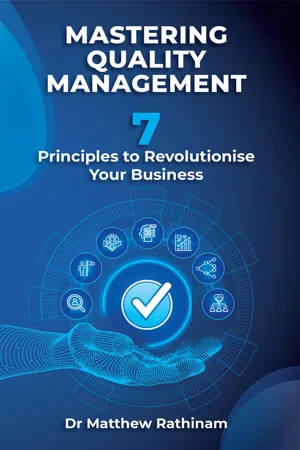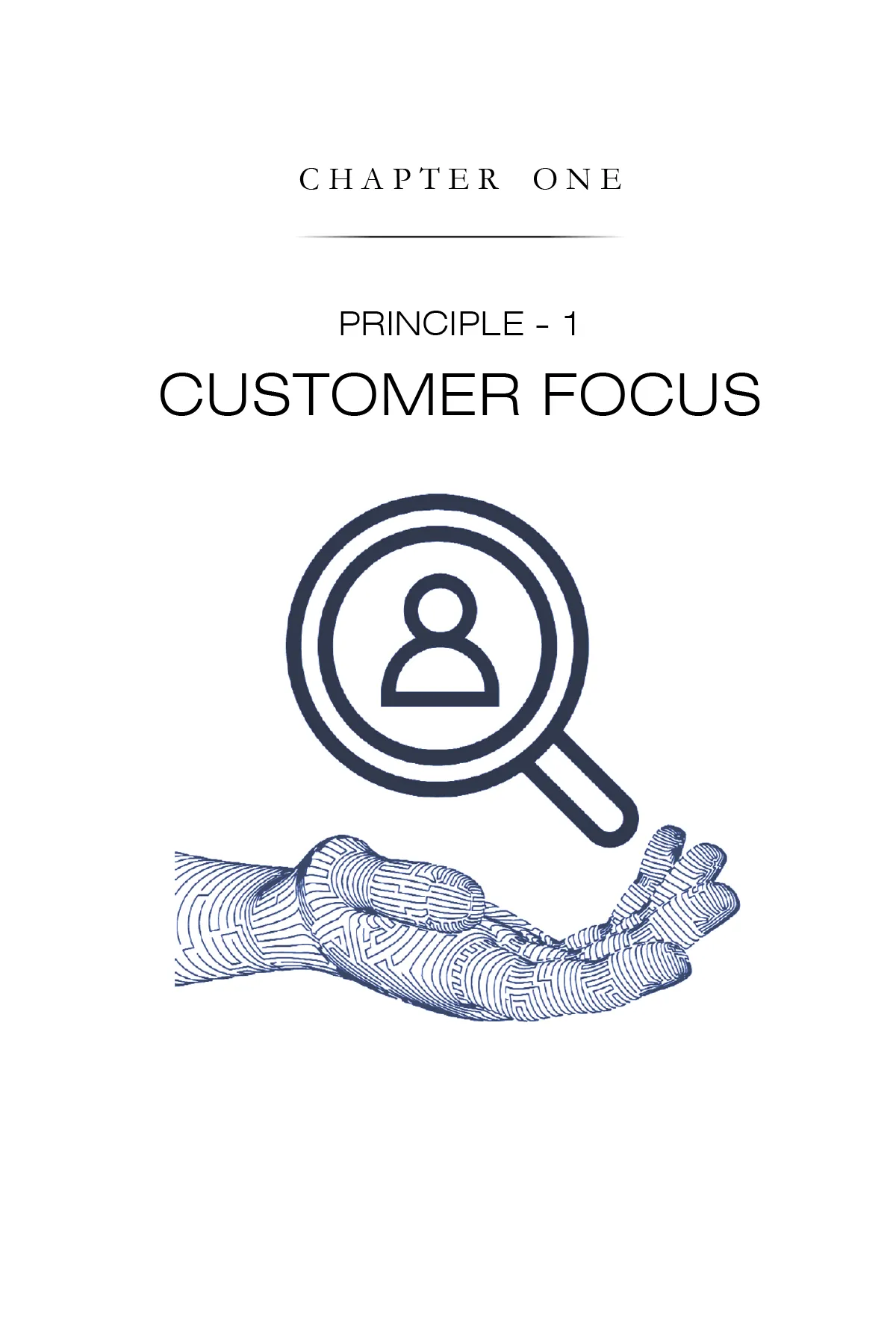![]()
Quality Management Systems (QMS) is a globally recognised standard to deliver anticipated results by managing organisational processes and associated policies, procedures, resources and information effectively and efficiently.
QMS promotes a culture that results in the behaviour, attitudes, and processes that deliver value through fulfilling the needs and expectations of customers and other relevant interested parties.
The quality of products and services is determined by the ability to satisfy customers and other relevant interested parties. The quality of products and services includes not only intended function and performance but also their perceived value and benefits to the customer.
QMS is designed to deliver an outcome in line with the organisation’s purpose and strategic direction, while maximizing customer requirements and enhancing their satisfaction. ISO 9001 is the international standard that provides the requirements for QMS, and organisations are certified in conformance with this standard.
QMS enables the documentation to support improvement of the structure, processes, roles, and responsibilities of an organisation and its ability to implement procedures to achieve desirable business results effectively and efficiently. It is fairly complex to implement particularly in large organisations, but it is also comprehensive. It is about the whole organisational system and the interaction between many different processes, which in turn are influenced by the organisational culture, to deliver products and services for customers by adding both expected and perceived value.
In order to add value to the customer, adequate systems, processes, and resources need to be implemented effectively and efficiently, all the while managing cost, waste, and risk through the implementation of adequate systems and process controls, tools and practices.
The effectiveness of a QMS depends on how well it is designed, developed, implemented and integrated into the culture of an organisation. In order to master and revolutionise their business, organisations should consider adopting ISO 9004 requirements to improve process maturity levels. It is also helpful for organisations to take quality to the exceptional level by integrating business excellence framework requirements and assessing against them along with the ISO 9001 QMS. Every country has a business excellence framework to help organisations master quality management and sustain success. Some of these include the Australian Business Excellence Framework, the European Foundation for Quality Management, the Baldridge Excellence Framework in the United States of America, the Deming Prize in Japan. In addition, organisations also achieve Shingo Prize for Operational Excellence. It is an award given to organizations worldwide by the Shingo Institute for higher standard of excellence. These frameworks provide criteria on a number of key focus areas for business success such as leadership, strategy, customer relationships, human resources, process management, business results etc. Integrating the following seven quality management principles with any of the business excellence frameworks would revolutionise your business.
- Customer Focus
- Leadership
- Engagement of People
- Process Approach
- Improvement
- Evidence Based Decision Making
- Relationship Management
In this book, I discuss and provide examples, case studies and thought-provoking questions for the seven principles that will enable a highly effective QMS.
Everything starts with the customer
~Lou Gerstner
Sustaining customers sustains the business. It is imperative to determine the current and future needs, expectations and desires of customers – those that are both explicit and implicit – and also to provide them with a positive experience through exceptional, innovative, cost-effective, reliable, and safe products and services. In this fast-phased, technologically advanced, digitally controlled business world, customers have the choice to switch products and services with a single click away in Google. So not only is retaining customers hard, the customer base needs to be actively increased or it will decline rapidly. The practical application of the Customer Focus principle can be highly effective if the following five elements are designed, developed, implemented, maintained and improved within the QMS.
- Customer value proposition
- Customer loyalty
- Response to customers
- Culture for customers
- Innovate for customers
Customer Value Proposition
The reason for any organisation is its customers, and the reason why customers stick to an organisation’s product and services is the value proposition. Value proposition has four components.
- Customer needs: understanding the customer needs and how the products and services create value to customers
- Customer value: understanding the benefits that add value to the customers or solve their problems
- Competitive differentiation: how you are different from your competition in a way that matters to the customers
- Quantify benefits: quantified proof of benefits to the customers so they trust you
The customer value proposition requires a deep understanding of customer needs. These must be incorporated to drive business strategy, products and service development. Traditionally, organisations used the ‘command and control’ triangle model; however, customer-focused organisations use the reverse-triangle model to achieve a strong customer value proposition.
According to Gary Hamel, one of the most successful Indian IT services company HCL Technologies uses reverse triangle model. HCL serves 250 of the Fortune 500 and 650 of the Global companies in the world employed over 150,000 staff. HCL distributes the company strategy to its employee to commend and feedback. This helps determine the strategic directions and products and services. The reverse triangle model helps to reverse accountabilities. Any employee can raise a ticket about their boss, if they are not treated well, the manager resolves the employee’s issue and close the ticket, any ticket doesn’t get resolved in 24 hours gets escalated to the next level, those tickets are visible and transparent. Employees holding their managers accountable is reverse accountability. The reason they created the reverse accountability model is frontline staff directly deliver value to the customers, although the value is created throughout the value chain. HCL prioritises the frontline staff as the most important asset and organisational interface to deliver and maintain the value proposition.
Understanding both pain and gain points from the customer’s point of view will enable you to relieve their pain and add benefits. It is important to segment customers to ensure their specific needs are identified and managed. The following table is an example of customer segmentation, where dat...



